China’s vast landscape harbors countless villages where ancient traditions continue to thrive, untouched by rapid modernization. These remarkable communities preserve cultural practices that have been passed down through generations, offering visitors authentic glimpses into living history.
From remote mountain hamlets to water towns frozen in time, each village maintains its own unique customs, festivals, and ways of life that remain integral to China’s cultural tapestry.
Xijiang Miao Village, Guizhou
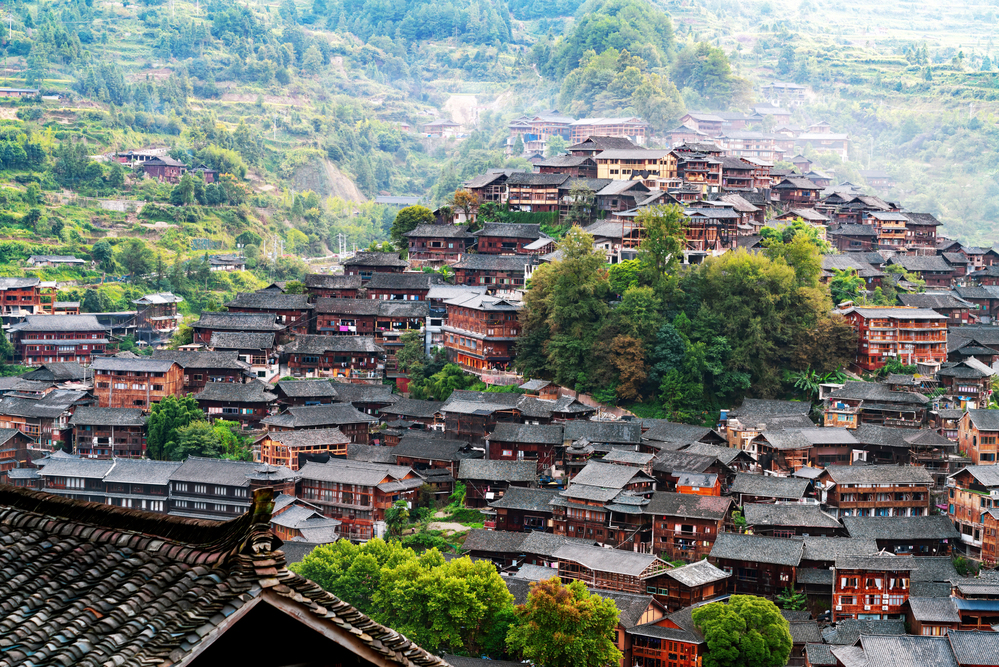
Known as the ‘Thousand Household Miao Village,’ Xijiang preserves the rich traditions of the Miao ethnic minority through its signature silver ornaments and elaborate festivals. The village’s wooden houses cascade down the mountainside in elegant tiers, while women continue to wear traditional embroidered clothing daily.
Local silversmiths craft intricate jewelry using techniques passed down for centuries, and the community’s Grand Song performances feature hundreds of voices echoing through the valley. Visitors can participate in traditional batik workshops and witness the famous Miao New Year celebrations.
Wuzhen Water Town, Zhejiang

This ancient water town maintains its unique tradition of indigo cloth dyeing, with workshops still using techniques dating back over 1,000 years. The village’s network of canals supports traditional waterborne transportation, while local craftspeople continue producing rice wine using ancestral methods.
Every morning, elderly residents gather at stone bridges to practice traditional shadow boxing, and evening boat rides showcase ancient lantern-making customs. The village’s wooden buildings reflect perfect symmetry in the canal waters.
Like Travel Pug’s content? Follow us on MSN.
Hongcun Village, Anhui
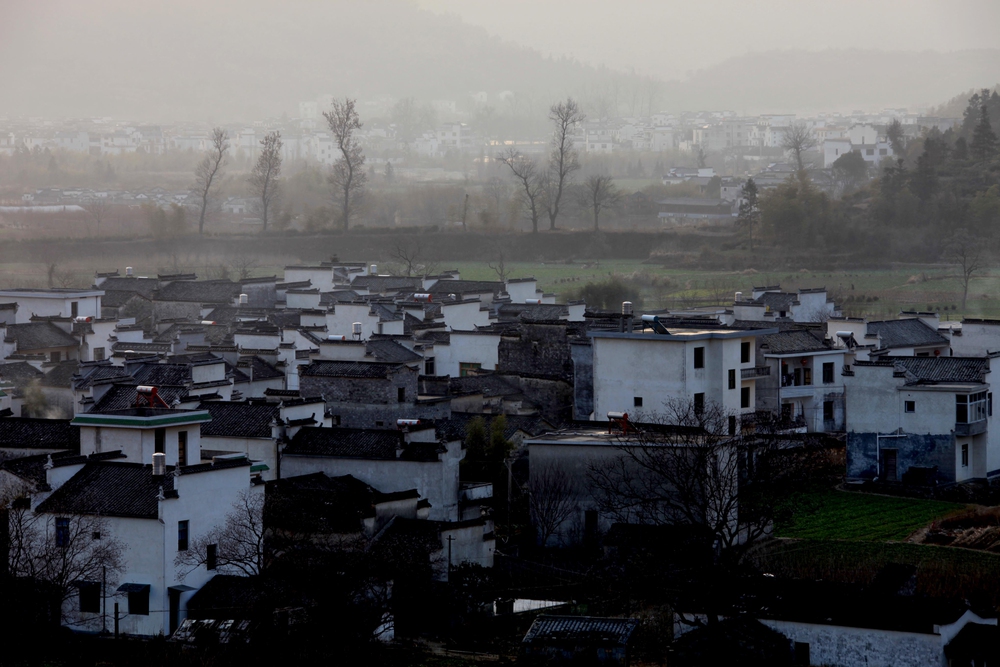
Shaped like a water buffalo when viewed from above, this UNESCO World Heritage site preserves ancient Huizhou architectural traditions and feng shui principles. The village’s intricate water system still functions as it did 900 years ago, flowing through every household for daily use.
Local painters maintain the traditional Hui-style ink painting techniques, while morning markets feature vendors selling centuries-old herbal remedies. The village’s ancestral halls host regular traditional opera performances.
Dali Ancient Town, Yunnan
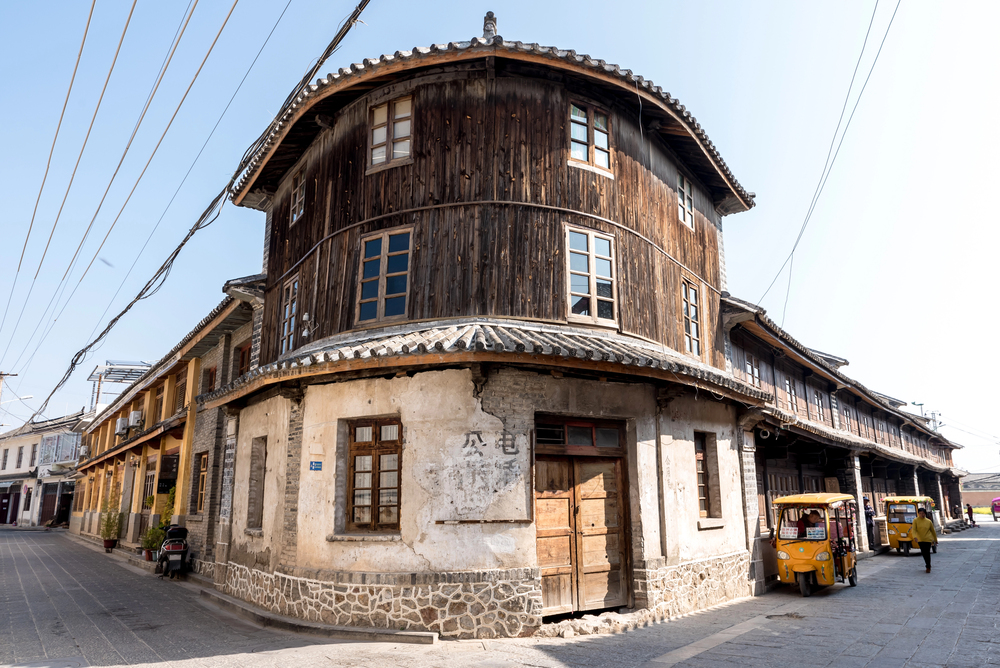
Nestled between Erhai Lake and the Cangshan Mountains, Dali maintains the unique traditions of the Bai ethnic minority. Local craftspeople continue producing stunning tie-dye textiles using traditional butterfly patterns, while morning markets showcase the famous ‘Three Cups of Tea’ ceremony.
The village’s marble artisans work with stone from nearby quarries using techniques unchanged for generations. Traditional Bai architecture features distinctive upturned eaves and intricate carvings.
Zhaoxing Dong Village, Guizhou
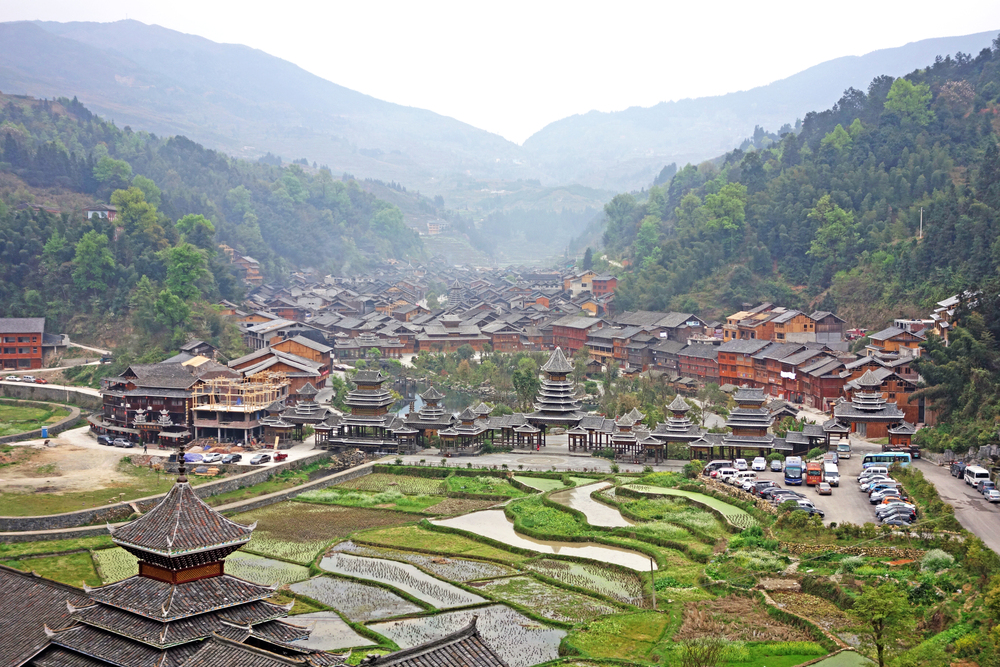
The largest Dong village in China preserves its unique ‘Grand Song’ musical tradition, recognized by UNESCO as an intangible cultural heritage. The community’s five drum towers represent different clans, each maintaining its own variation of traditional songs and dances.
Local craftspeople continue building covered bridges without using a single nail, while women practice traditional hand-weaving techniques. The village’s seasonal festivals showcase elaborate costumes and ancient musical instruments.
Like Travel Pug’s content? Follow us on MSN.
Zhangjiajie Tujia Village, Hunan

Set among towering sandstone peaks, this village maintains the distinctive traditions of the Tujia people, including their famous ‘hand-waving’ dance. Local storytellers preserve ancient legends through oral traditions, while craftspeople continue producing traditional brocades using centuries-old looms.
The village’s unique wooden architecture incorporates intricate carvings telling historical stories. Community elders still practice traditional medicine using local herbs.
Fenghuang Ancient Town, Hunan
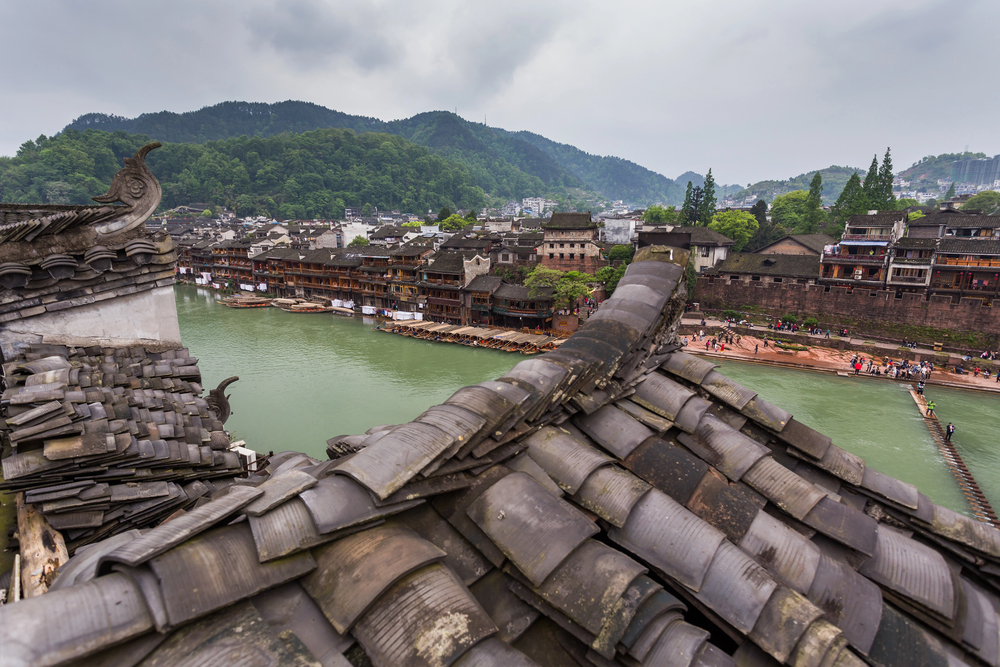
This riverside village preserves the unique customs of the Miao and Tujia ethnic groups through its distinctive architecture and festivals. Local boatmen maintain traditional fishing methods using trained cormorants, while craftspeople continue producing traditional batik textiles.
The village’s famous ‘marriage bridge’ still plays a role in local wedding ceremonies, and evening gatherings feature traditional music played on handmade instruments. Stilted houses along the river showcase traditional construction techniques.
Xidi Village, Anhui
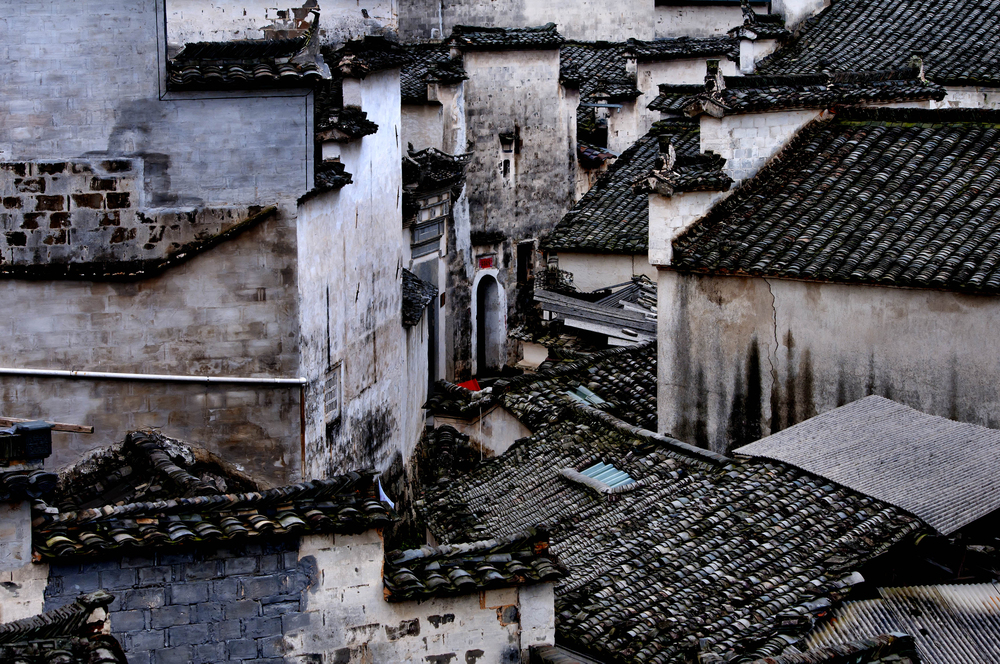
Another UNESCO site preserving Huizhou culture, Xidi, maintains traditional papermaking and seal carving practices that have been passed down through generations. The village’s elaborate memorial archways tell stories of historical achievements, while local painters continue producing traditional portraits using ancient techniques.
Morning markets feature traditional breakfast foods prepared according to centuries-old recipes. The village’s ancestral halls host regular ceremonies maintaining ancient Confucian traditions.
Like Travel Pug’s content? Follow us on MSN.
Danba Tibetan Village, Sichuan
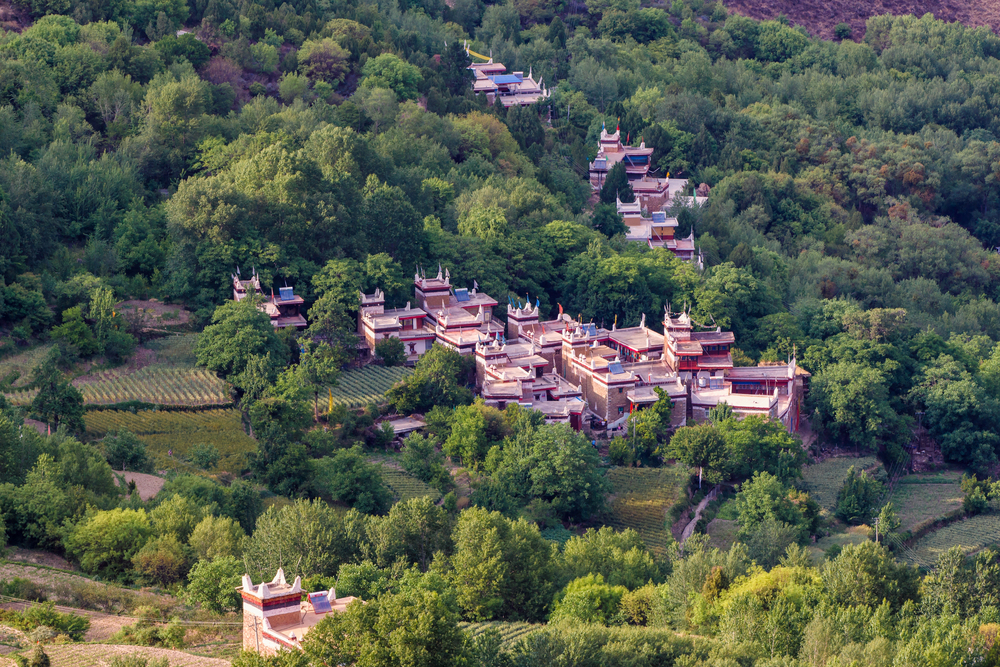
Known for its ancient watchtowers, this village preserves unique Tibetan cultural traditions through its architecture and festivals. Local women continue wearing elaborate headdresses featuring coral and turquoise passed down through generations, while traditional weaving practices produce distinctive textiles.
The village’s stone houses incorporate Buddhist symbols and prayer flags, and community gatherings feature traditional butter tea ceremonies. Seasonal festivals showcase unique local dance forms.
Yin Yu Tang Village, Jiangxi
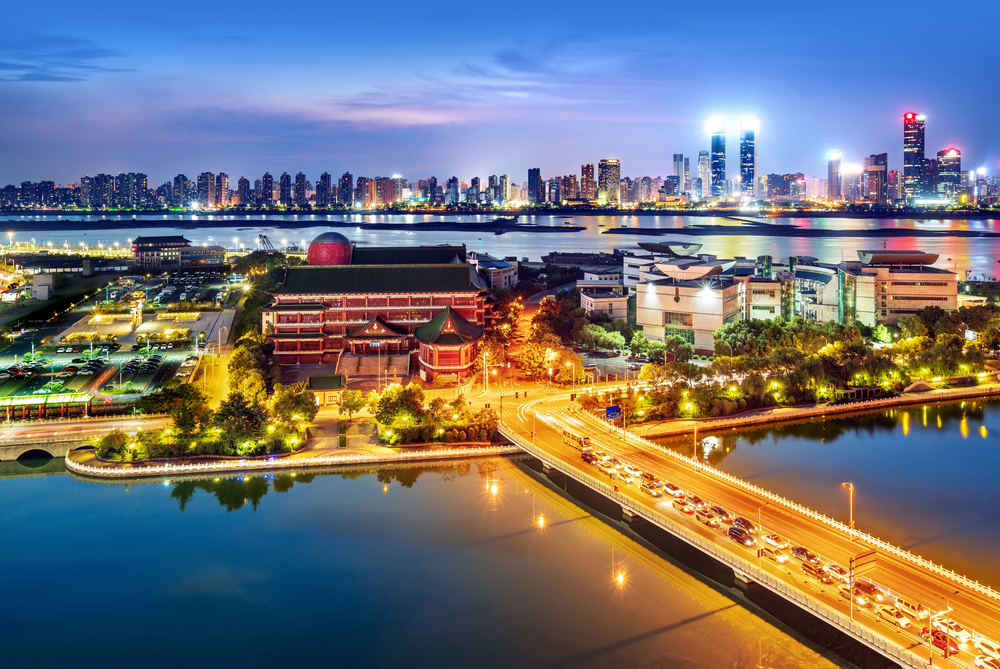
This remote village maintains the traditional paper umbrella-making craft, with local artisans using techniques unchanged for centuries. The community preserves ancient rainwater collection systems integrated into traditional architecture, while local musicians continue performing on handmade bamboo instruments.
Seasonal festivals feature elaborate dragon dances unique to the region, and traditional puppet shows tell ancient stories. The village’s layout follows traditional feng shui principles.
Longsheng Rice Terrace Village, Guangxi
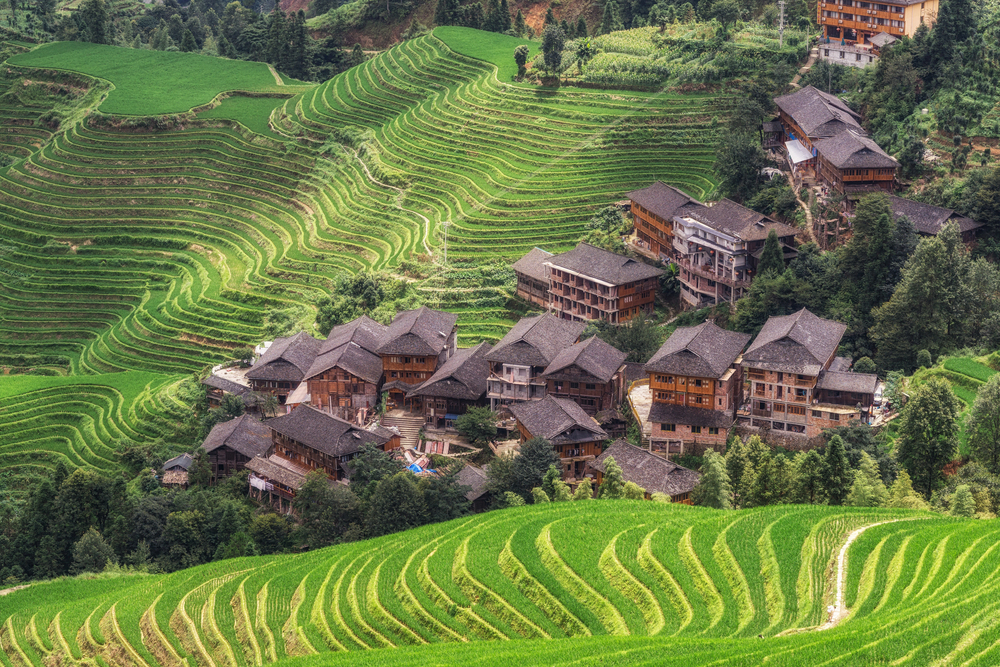
Home to the Yao minority, this village preserves unique agricultural traditions through its spectacular terraced rice fields. Local women maintain the tradition of keeping extraordinarily long hair, treating it with special herbs according to ancient practices.
The community continues using traditional farming tools and techniques passed down through generations, while seasonal festivals celebrate different stages of rice cultivation. Traditional songs coordinate communal farming activities.
Like Travel Pug’s content? Follow us on MSN.
Nuodeng Village, Yunnan
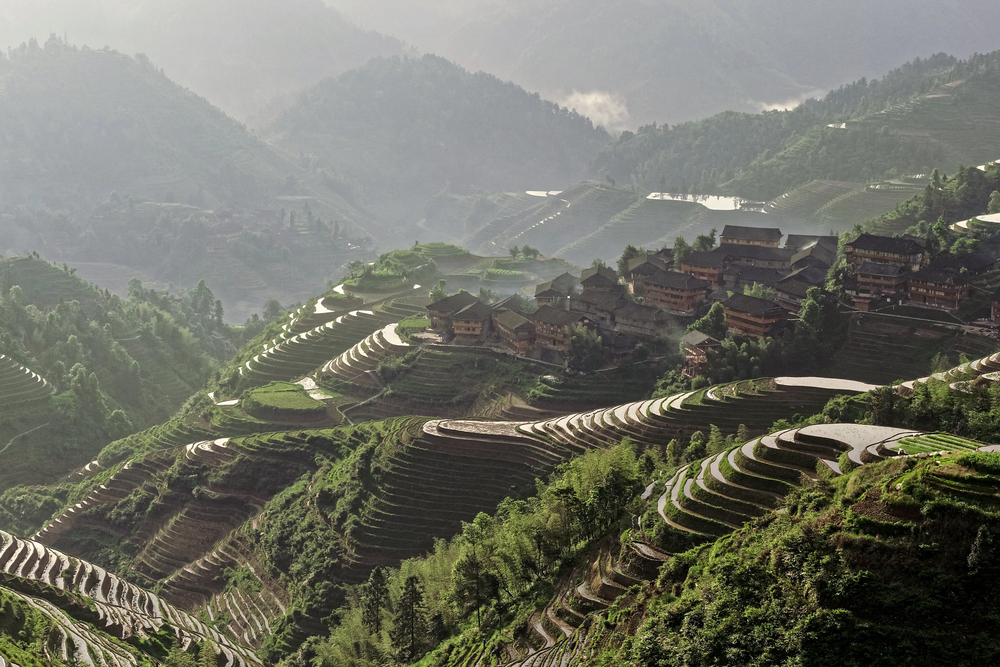
Famous for its thousand-year history of salt production, this village maintains unique preservation techniques passed down through generations. Local craftspeople continue producing traditional pottery used in salt processing, while ancient stone paths wind through buildings showcasing distinctive architectural styles.
The village’s traditional salt wells remain active, and community ceremonies honor the salt god according to ancient customs. Local cuisine features unique preservation methods developed over centuries.
Nanxun Ancient Town, Zhejiang
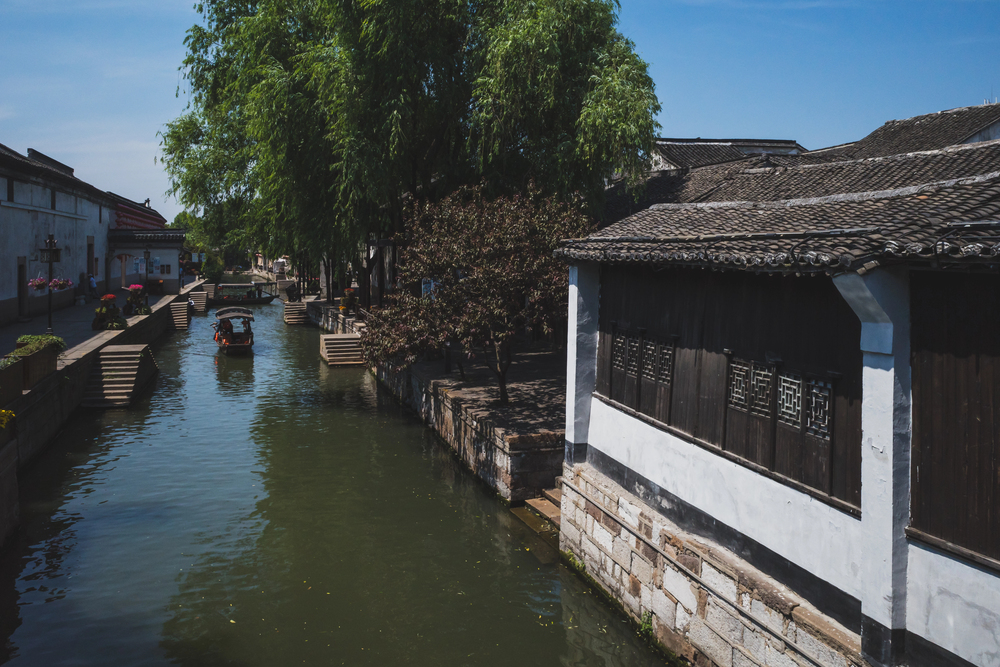
This water town preserves traditional silk production methods, with local workshops maintaining ancient dying and weaving techniques. The village’s unique blend of Chinese and European architecture reflects historical trading traditions, while traditional boat builders continue crafting wooden vessels using ancestral methods.
Local tea houses maintain ceremonial practices unchanged for centuries, and evening storytelling sessions preserve oral histories. The community’s gardens showcase traditional landscaping principles.
Qianhu Miao Village, Guizhou
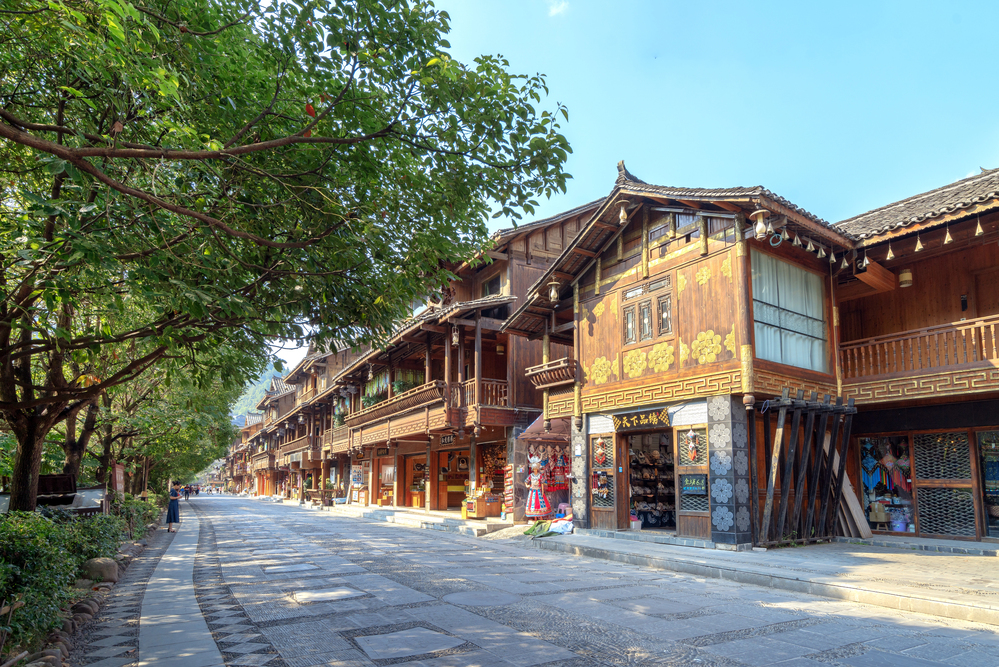
Known for its unique silver ornament traditions, this village maintains distinctive metalworking techniques passed down through generations. Local festivals feature elaborate headdresses weighing up to 15 pounds, while traditional musical instruments include distinctive bronze drums.
The community preserves ancient courtship customs through seasonal singing festivals, and traditional medicine practitioners maintain knowledge of local herbs. Village architecture incorporates protective symbols and decorative elements.
Like Travel Pug’s content? Follow us on MSN.
Huangyao Ancient Town, Guangxi
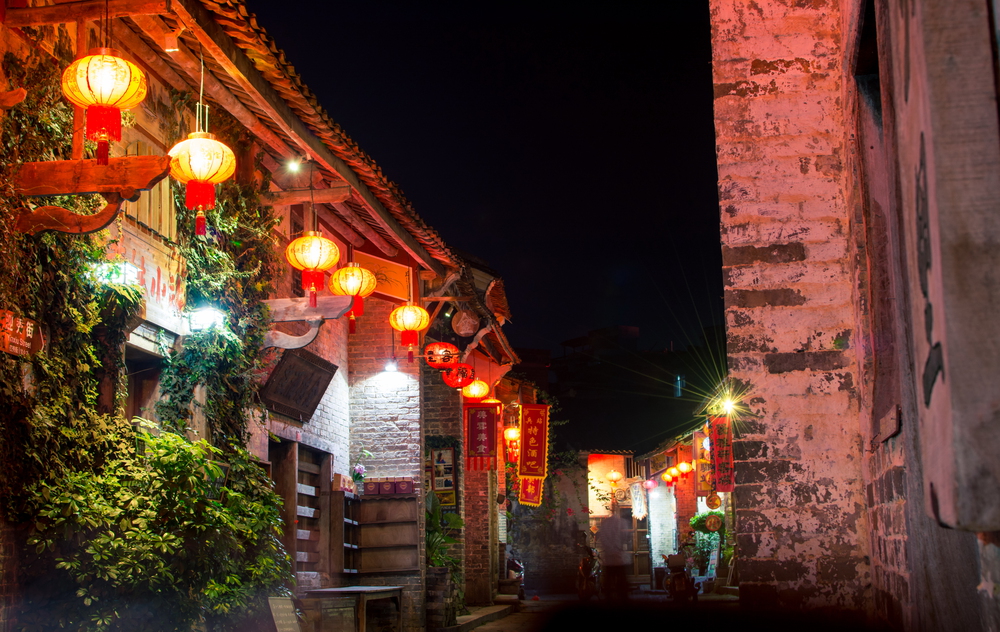
This remote village preserves traditional papermaking techniques using local bamboo while maintaining ancient architectural styles featuring distinctive black tile roofs. Local craftspeople continue producing traditional oil paper umbrellas using centuries-old methods, and community elders preserve oral histories through regular storytelling sessions.
The village’s layout follows ancient principles of harmony with the surrounding landscape, and seasonal festivals showcase unique local customs.
Baisha Village, Yunnan
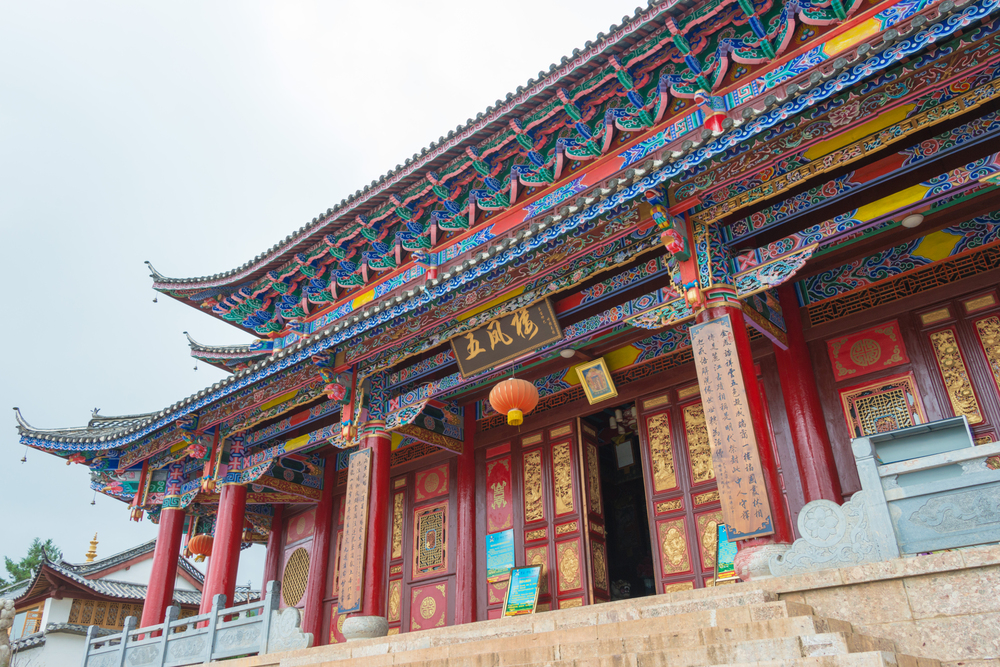
Located near Lijiang, this village maintains the unique traditions of the Naxi people, including their ancient pictographic writing system. Local craftspeople continue producing traditional Baisha embroidery featuring distinctive patterns and techniques, while traditional music ensembles perform using ancient instruments.
The village’s temples preserve unique murals combining elements from different religious traditions, and community ceremonies maintain ancient Dongba religious practices.
Yangmei Ancient Town, Sichuan
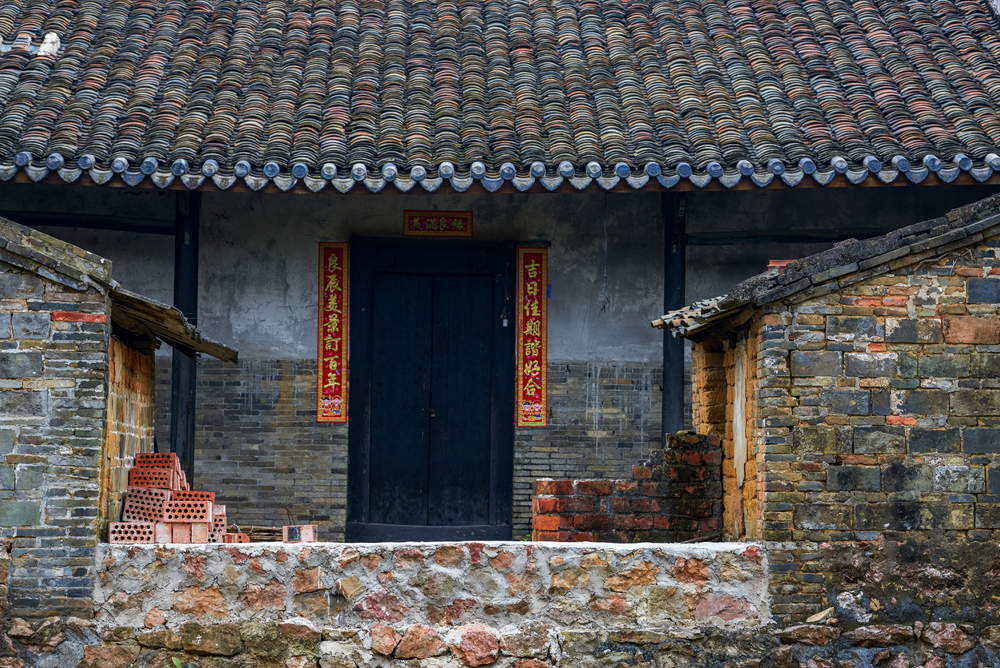
This village preserves traditional salt well operation techniques dating back over 2,000 years. Local craftspeople maintain ancient bamboo weaving traditions, producing distinctive containers used in salt production.
The community continues performing traditional well-blessing ceremonies, while local architecture incorporates unique features developed to protect against fire. Seasonal festivals showcase traditional performances telling the history of salt production.
Like Travel Pug’s content? Follow us on MSN.
Chengkan Village, Anhui
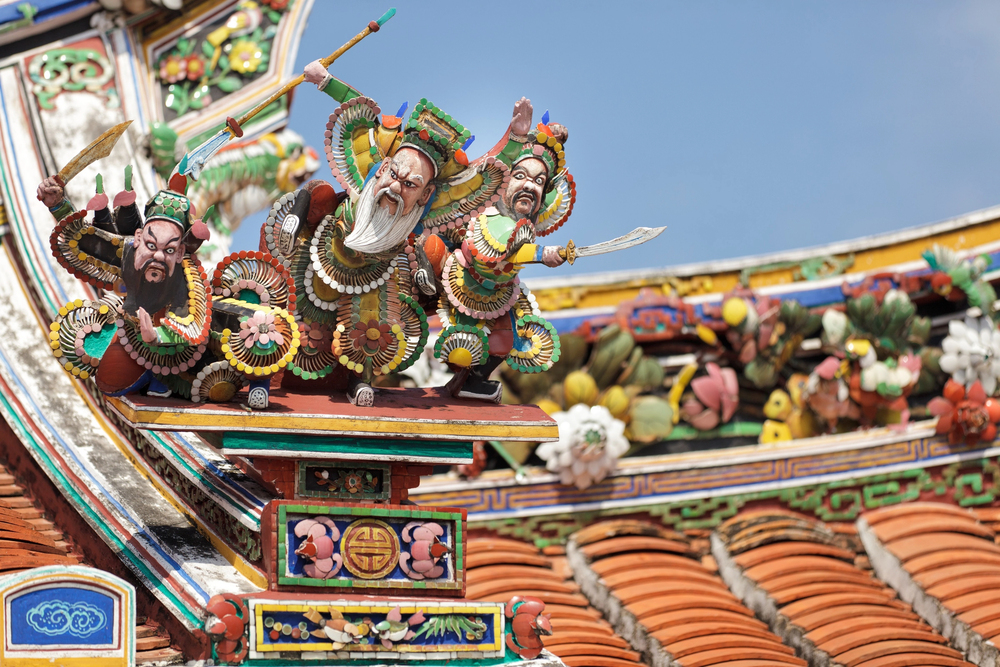
Known for its perfect feng shui layout, this village maintains traditional architectural practices incorporating symbolic elements. Local scholars continue practicing traditional calligraphy styles, while craftspeople maintain ancient wood carving techniques.
The village’s ancestral halls preserve unique ceremonial traditions, and community gatherings feature traditional music performances. Morning markets showcase traditional breakfast foods prepared according to ancient recipes.
Huangcun Village, Zhejiang
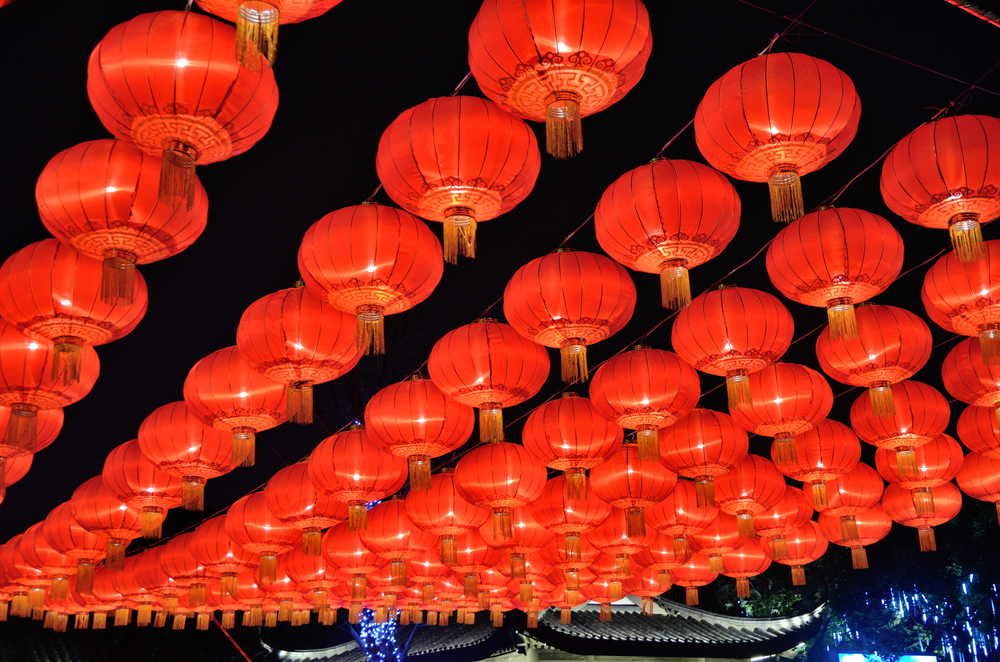
This village maintains traditional techniques for producing yellow rice wine, with local craftspeople using methods unchanged for centuries. The community preserves ancient water management systems integrated into daily life, while traditional architectural styles feature distinctive decorative elements.
Local festivals showcase unique theatrical traditions, and seasonal ceremonies honor the wine god according to ancient customs. Traditional cooking methods utilize special clay pots produced in village kilns.
Tuanshan Village, Yunnan
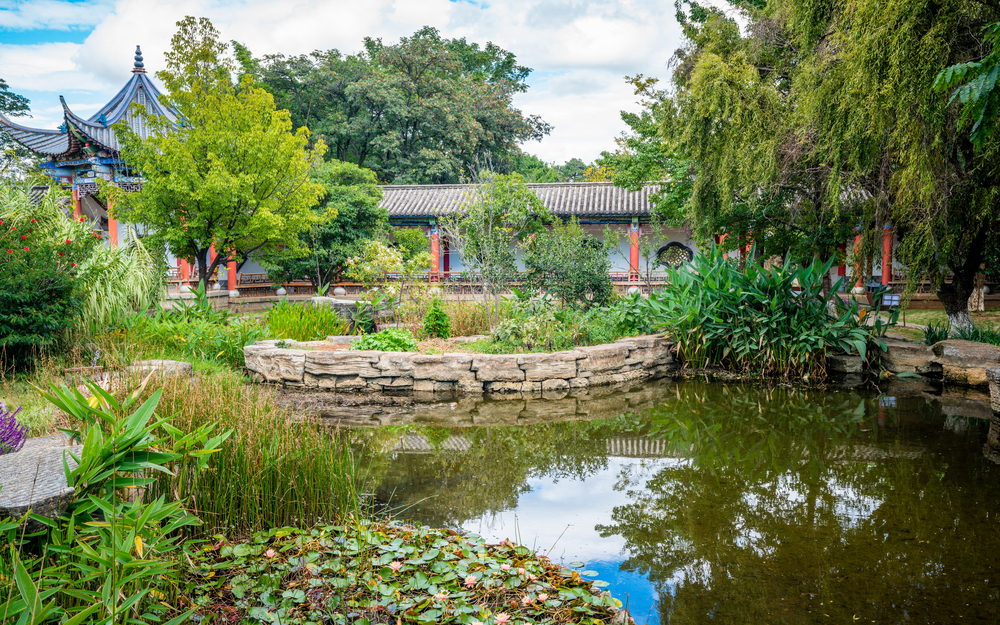
This village preserves unique architectural traditions combining elements from multiple ethnic groups. Local craftspeople maintain traditional stone carving techniques, while community elders preserve ancient storytelling traditions through regular gatherings.
The village’s layout incorporates sophisticated drainage systems developed centuries ago, and seasonal festivals feature distinctive local dance forms. Traditional marriage customs include unique ceremonial elements specific to the region.
Like Travel Pug’s content? Follow us on MSN.
Ancient Wisdom Lives On
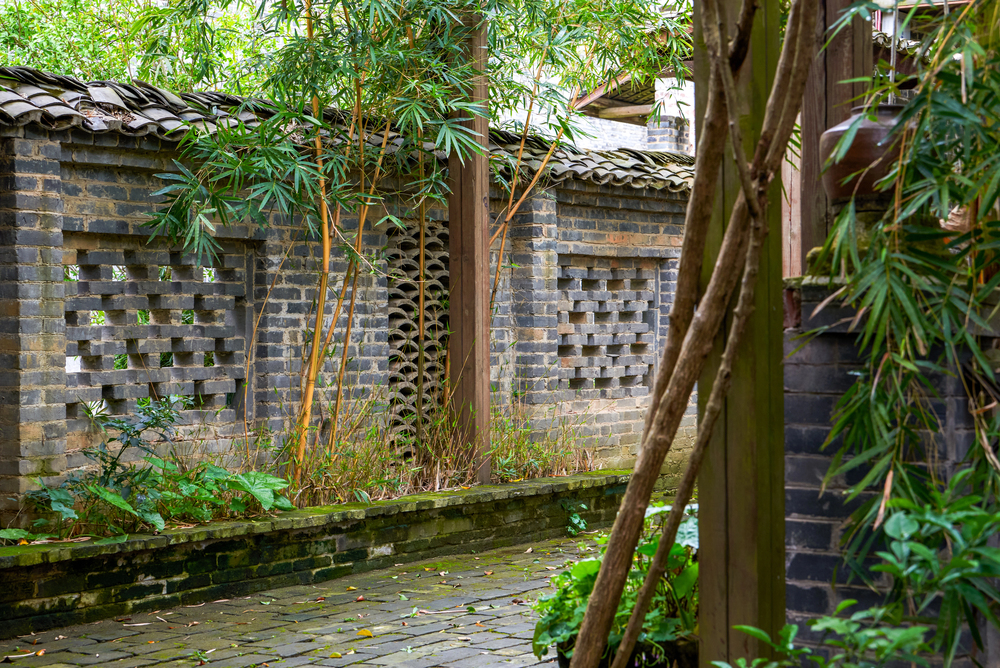
These remarkable villages represent living museums where China’s rich cultural heritage continues to thrive through daily practices and seasonal celebrations. Whether you’re drawn to traditional crafts, ancient architecture, distinctive festivals, or unique customs, these communities offer authentic experiences that connect visitors with centuries of living history.
As you plan your visits, remember that each village operates according to its own seasonal rhythms and cultural calendar. The combination of preserved traditions, stunning settings, and welcoming communities makes these villages essential destinations for anyone seeking to understand China’s diverse cultural landscape.
More from Travel Pug

- 15 Dangerous European Cities to Avoid
- 15 Caribbean Islands Where Tourists Keep Getting Scammed
- The 20 Most Fascinating Abandoned Places: A Journey Through Time and Forgotten Spaces
- 15 Hidden Places in the Smithsonian Museums Locals Love: A Guide to Lesser-Known Treasures
- 16 Hidden Florida Beach Towns That Aren’t Overrun with Tourists
Like Travel Pug’s content? Follow us on MSN.
